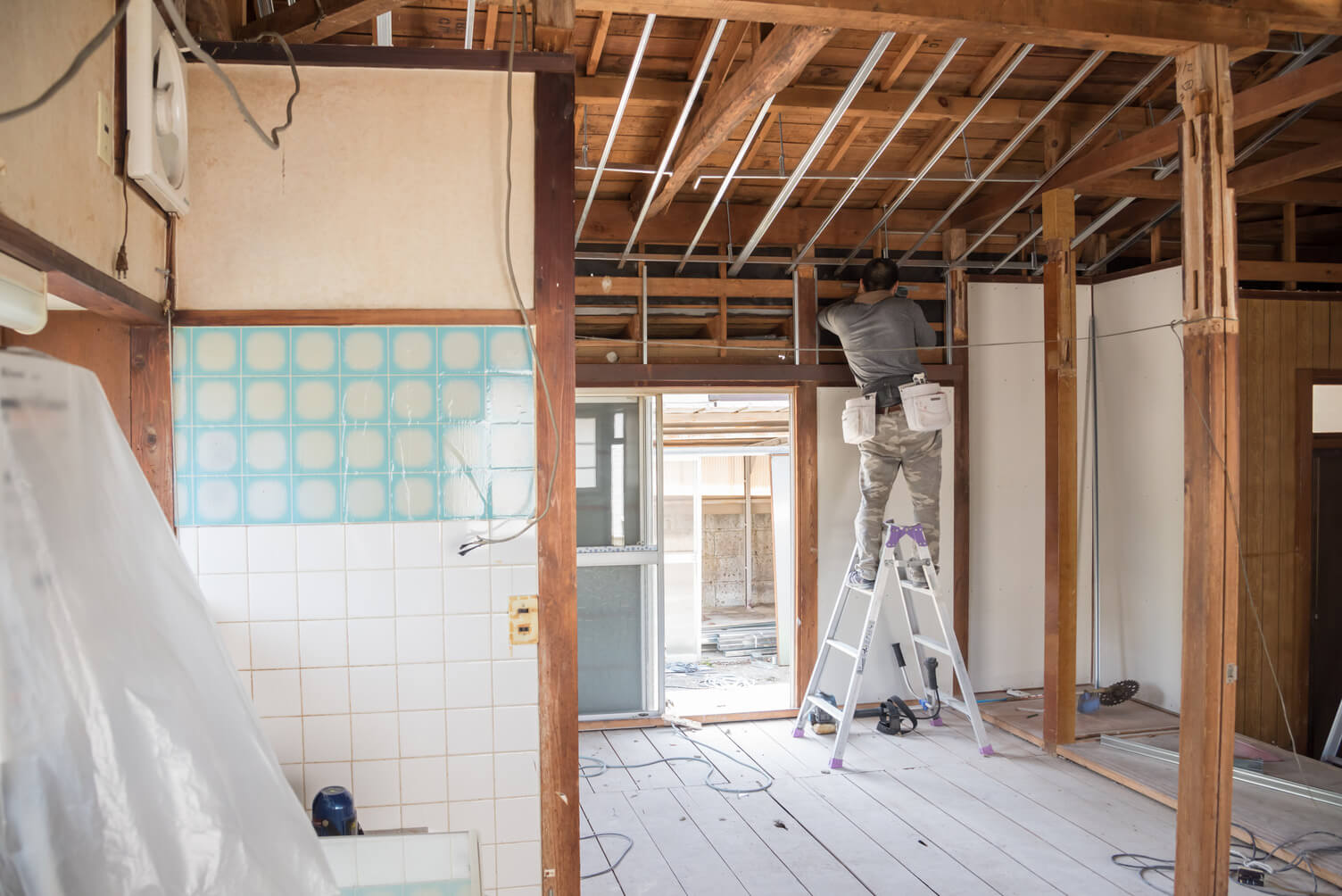Renovate


Renovate
Renovation, also called remodelling, is the process of improving broken, damaged, or outdated structures. It involves the act or process of repairing, renewing, or restoring something to a good condition. For example, you might renovate a building by repairing its structure, updating its design, or improving its functionality. Renovation often involves modernisation, restoration, redecoration, refurbishment, and revamping.
Renovate – An Economic Function of the Circular Economy
Renovation will play a key role in upgrading existing buildings and making them more energy-efficient, and it will be an important element in achieving a climate-neutral world by 2050. Adopting circular economy principles in building renovation can reduce the use of materials in existing buildings and minimise emissions embedded in building materials. The most effective circular renovation actions to reduce embedded emissions are extending the lifespan of existing buildings and increasing the intensity of building use. This reduces the demand for new construction, which consumes more materials than renovating existing buildings.
Ambitious circular renovation strategies could save significant amounts of GHG emissions up to 2050, depending on the scale of renovation. Building renovation based on circular principles can contribute important ways to achieving climate neutrality.

The Knowledge Centre
Our Knowledge Centre holds an extraordinary amount of information, including research, reports and articles covering more than 50 different topics, including finance, ideas, legal, metrics and monitoring, policy and presentations, as well as images, infographics and movies




